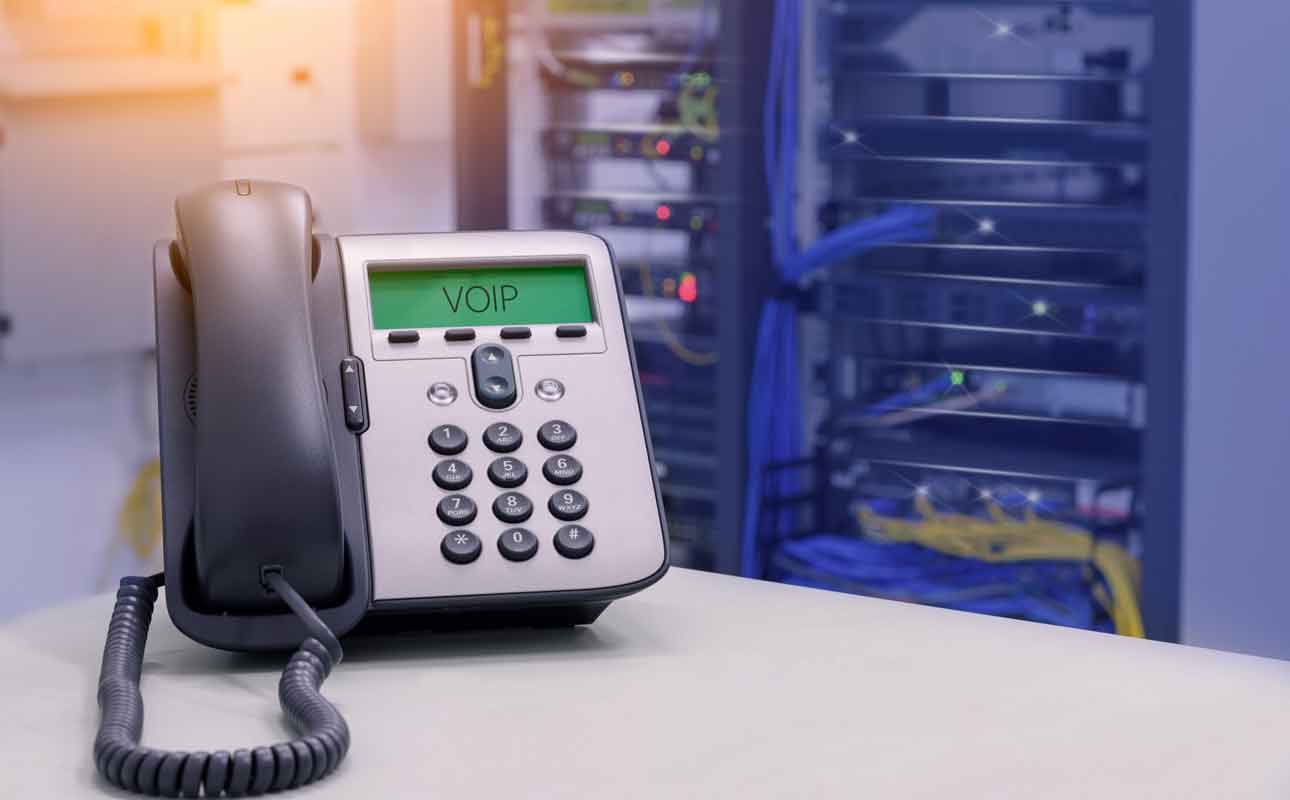Ooma’s Guide to Running Your Business From Your Mobile Device

Has your company shifted to working remotely? Or maybe you have to travel for your job, contributing to the 405 million business trips that Americans take in a typical year. Thanks to new technologies that enhance digital interconnectedness, it’s easier than ever to run your business from your mobile devices.You don’t need to have a full computer workstation to have a productive workday. Instead, you use your smartphone to stay on top of your work while in a home office, an airport lounge or a hotel.The infographic below shares best practices for running your business when on the go.

Paste this Image on Your Site!
Simply copy and paste the code below and you can share this infographic on your site:
Digital storage in the cloud.
Cloud storage has become mainstream in the past decade, replacing individual hard drives and internal company servers. By storing files in the cloud, you can access them from any location and easily collaborate with co-workers.There’s been significant growth among the top cloud service companies: Google Drive, Dropbox and Microsoft OneDrive. Between 2014 and 2019, total user counts have more than doubled.Currently, Google Drive is the most popular cloud storage app, exceeding 1 billion users in 2018. Dropbox and Microsoft OneDrive both experienced strong growth; however, between 2016 and 2019, user counts have plateaued and neither has announced any updates beyond 500 million users.Users of cloud storage
Dropbox
- 2011: 50 million
- Nov. 2012: 100 million
- Nov. 2013: 200 million
- June 2015: 400 million
- March 2016: 500 million
- July 2019: More than 500 million
Google Drive
- Nov. 2013: 120 million
- June 2014: 190 million
- Oct. 2014: 240 million
- July 2018: 1 billion
Microsoft OneDrive
- Nov. 2014: 250 million
- Oct. 2015: 500 million
- June 2019: More than 500 million
Staying in touch.
Email is critical to business success. As the number of daily emails sent or received continues to grow, it’s predicted that by the end of 2020, we’ll exceed 300 billion daily emails.Emails Sent or Received Per Day Worldwide
- 2013: 182.9 billion
- 2014: 191.4 billion
- 2015: 205.6 billion
- 2016: 215.3 billion
- 2017: 269.0 billion
- 2018: 281.1 billion
- 2019: 293.6 billion
- 2020: 306.4 billion (projected)
- 2021: 319.6 billion (projected)
- 2022: 333.2 billion (projected)
- 2023: 347.3 billion (projected)
- Online collaboration platforms – 70%
- Work-based social media – 67%
- Instant messaging – 62%
Connectivity Beyond Wires.
We all know that a fast and reliable Wi-Fi connection is critical for digital connectivity. Even in the movie “Dr. Strange,” when the main character travels to undergo training in the mystic arts, he’s given a piece of paper with a single word on it. Strange asks: “What is this, my mantra?” Mordo, his trainer, responds, “It’s the Wi-Fi password. We’re not savages.”Presently, there are 362 million Wi-Fi hotspots worldwide, which is a 285% increase since 2016. The trend is shifting toward a larger share of internet traffic occurring wirelessly, via Wi-Fi or cellular data. In 2017, those two categories amounted to 52% of all internet traffic, and it’s predicted that they’ll grow to 71 percent of all traffic by 2022.Global internet traffic2017:- 48%: Wired
- 52%: Wireless (Wi-Fi/Mobile)
- 29%: Wired
- 71%: Wireless (Wi-Fi/ Mobile)



